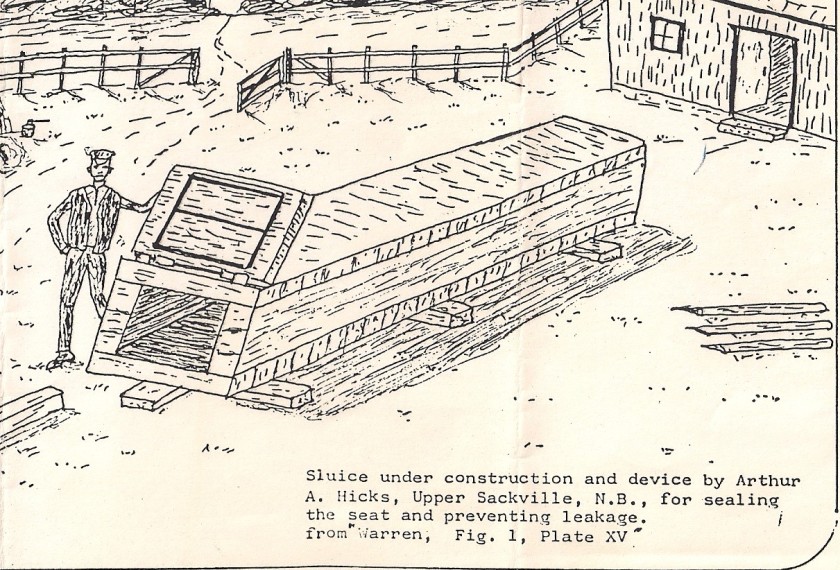This week’s prompt for the 52 Ancestors challenge is “Favourite Name”. I’ve come across some great names in my family tree – names like Snowball, Silver and Submit. But none of these are in my direct line. Oh no, my direct line is full of Williams and Johns and Elizabeths and Sarahs, with the odd biblical name like Hezekiah and Mehitable thrown in for good measure. So I decided this week to go with my 5th great grandfather, Joseph Providence Richardson. While I don’t know a lot about him, what I do know explains the story behind his name.
Joseph was the son of John Christopher Richardson and Mary Flintoff. If you’ve been reading my blog and these names seem familiar, it’s because they were one of the sets of possible parents of another 5th great grandparent, Charlotte Richardson, who was the subject of my Mitochondrial DNA research. But unlike in that case, there is no question that Joseph was their son.

John and Mary were both born in Yorkshire, England and were married 1765 in Hutton Rudby, Mary’s home town. Following the birth of their first two children, they left their homeland for a new life in the Colonies. They were among the over 1,000 immigrants from Yorkshire who settled in the Chignecto Isthmus (the neck of land between Nova Scotia and New Brunswick (Canada) between 1772 and 1775.
In April 1774, John, Mary and their two children, Christopher and Elizabeth, boarded the Providence in Newcastle-Upon-Tyne. There were 72 passengers on board. When it arrived in Halifax, Nova Scotia some 5 weeks later, there were 73.
That newborn, named Joseph Providence Richardson, was my ancestor.
The Richardsons settled in Sackville, New Brunswick, where Joseph became a farmer. He married Jane Patterson and they had 5 daughters and 3 sons, including my 4th great grandfather, John P. Richardson.
Joseph died on July 27, 1846, at the age of 72.






